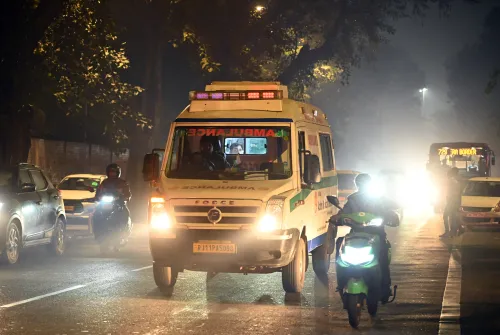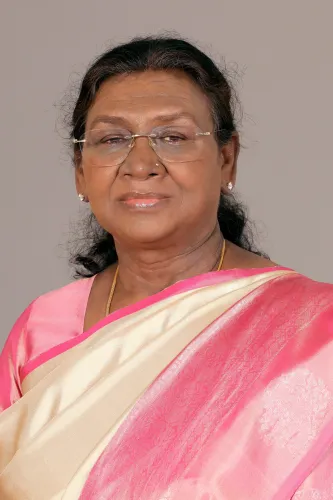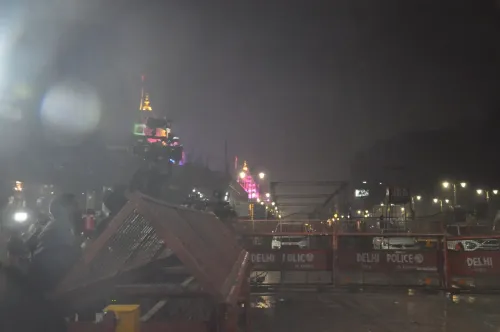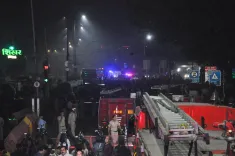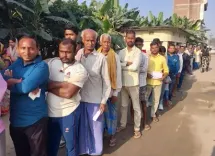What is the Niladri Bije Ritual That Marks the End of the Annual Chariot Festival in Odisha?
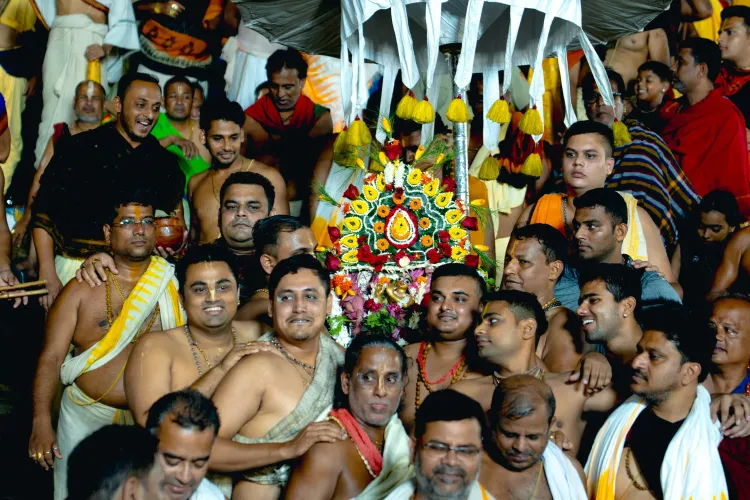
Synopsis
Key Takeaways
- Niladri Bije is the final ritual of the annual chariot festival.
- The ceremony involves the return of deities to the Jagannath temple.
- Goddess Laxmi's anger is pacified with Rasagola.
- Rasagola Divas celebrates the tradition of offering sweets during the ritual.
- Historical references to Rasagola date back to the 15th century.
Bhubaneswar, July 8 (NationPress) The Niladri Bije ritual, marking the final phase of the annual chariot festival, began in Puri on Tuesday. Thousands of devotees gathered in this sacred coastal city to witness this revered event.
In line with age-old customs, during Niladri Bije, also known as the homecoming ceremony of deities, the ‘Chaturdha Murti’—Lord Jagannath, Lord Balabhadra, Devi Subhadra, and Chakraraj Lord Sudarshan—are ceremoniously returned to the sanctum sanctorum of the Jagannath temple from their respective chariots, in a procession called ‘Pahandi’.
The divine siblings, who traveled to their ‘Janma Vedi’ or birthplace at Gundicha Temple, approximately 3 km from the Jagannath Temple, on a nine-day pilgrimage starting June 27 this year, will re-enter the 12th-century shrine on Tuesday, a day widely recognized for the ‘Niladri Bije’ ceremony.
A unique aspect of this ritual involves an irate Goddess Laxmi, who shuts the main temple door, preventing Lord Jagannath from entering. To appease her anger and gain entry, Lord Jagannath offers her Rasagola.
This captivating episode concludes the annual Rath Yatra of the divine siblings.
The ritual is celebrated on the Trayodashi tithi of the Shukla Paksha (13th day of the waxing moon) in the month of Asadha according to the Hindu calendar.
Additionally, ‘Rasagola Divas’ was commemorated across Odisha on the same day. This annual celebration coincides with ‘Niladri Bije’ to honor the time-honored tradition of presenting the sweet delicacy to Goddess Laxmi during this important ritual.
It's notable that in response to the debate regarding the origin of Rasagola, Odisha officially designated ‘Niladri Bije’ as Rasagolla Divas in 2015 and has been celebrating this day since July 30, 2015.
Experts on the Jagannath cult and its traditions assert that the sweet treat is referenced as ‘Rasagola’ in the 15th-century Odia text, Jagamohana Ramayana, by the esteemed poet and devotee Balaram Das.

